Montmartre, La Mère Catherine, Place Du Tertre, 1912
Oil on canvas
65 x 49 cm
71 x 56 cm with frame
Dated lower left. Signed and dedicated lower right "A Marie Cordialement A Bucci"
Born in Fossombrone, in the province of Pesaro, on May 25, 1887, Anselmo Bucci was an Italian painter and engraver, also the author of some important literary texts. He was one of the protagonists of the emerging artistic avant-gardes of the first part of the 20th century, both in Italy and in France. His passion for drawing was revealed very early. The famous painter Francesco Salvini took him under his wing at a very young age, before the young Anselmo joined the Brera School of Fine Arts in Milan in 1905. However, abhorring pictorial rhetoric, he decided the following year, at the age of 19, to move to Paris, then the capital of the artistic avant-garde. In the French capital, Anselmo Bucci lived a difficult life from a material point of view, but one that was most stimulating from an artistic point of view. He met Gino Severini, Pablo Picasso, Amedeo Modigliani and many others. He gradually became known for his engravings, an art in which he became a true master, attracting the attention of critics such as Apollinaire and André Salmon. His most famous engravings are those of Futurist inspiration, although always closely linked to a post-impressionist figuration close to Italian classicism. During 1912 and 1913, faithful to the tradition of French painters, Bucci decided to travel around Europe and the Mediterranean, where he studied new colors and luminosities. In 1914, when the First World War broke out, Anselmo Bucci volunteered to join the "Cyclists' Battalion" in Lombardy, where he joined other Futurist artists and poets such as Marinetti, Boccioni, Sant'Elia and Carlo Erba. That same year, at the Mostra dell'Incisione in Florence, he won the silver medal. The war inspired him, and he would become one of the most prolific "war painters". The images he published in Paris in 1917, precisely concerned moments of the conflict and were entitled "Sketches of the Italian Front". Two years later, he distinguished himself with a series of twelve lithographs entitled "Finis Austriae", always centered on war situations. With the Great War coming to an end, Bucci regularly returned to Paris for long periods, attracted by the creative fervor that abounded in the French capital. He now devoted himself fully to painting, exhibiting in numerous Italian and French galleries, but his name and his works also began to circulate outside France: in England, Holland and Belgium in particular. In 1920, he was invited to the Venice Biennale. It was around this date that a change in style took place in Anselmo Bucci, which brought him back to a classical turn. He then approached the circle of intellectuals and artists led by the writer Margherita Sarfatti and in 1922, with Sironi, Funi, Dudreville (whom he had already known at the time of Brera), as well as with Malerba, Marussig, Oppi, he gave life to the so-called "20th century" group, the Novecento. Indeed, it was he who baptized it with this name. The programmatic intention was to return to the figure, to the recognizability of the subject, by detaching himself from the extremisms of the emerging avant-garde, increasingly distant from classicism. In 1920, thanks to his work accomplished during this period, he was invited to the Venice Biennale. In 1926, he participated in the first exhibition of the "Novecento Italiano" group but gradually began to distance himself from the movement, and to throw himself ever more into literary adventures, thereby confirming his artistic eclecticism. The outbreak of the Second World War was an opportunity for Bucci, as with the First, to re-engage from an artistic point of view. He thus retrained himself, during the conflict, as a figurative interpreter of the facts of war, notably by producing engravings representing the Navy and military aviation. His home in Milan, which also housed his studio, was destroyed in 1943. He He returned to Monza to his family home. He spent the last ten years of his life in complete isolation. In 1949, he received the final recognition for his artistic work: the Angelicum Prize, which rewards works of sacred art. Anselmo Bucci died in Monza on November 19, 1955, at the age of 68.








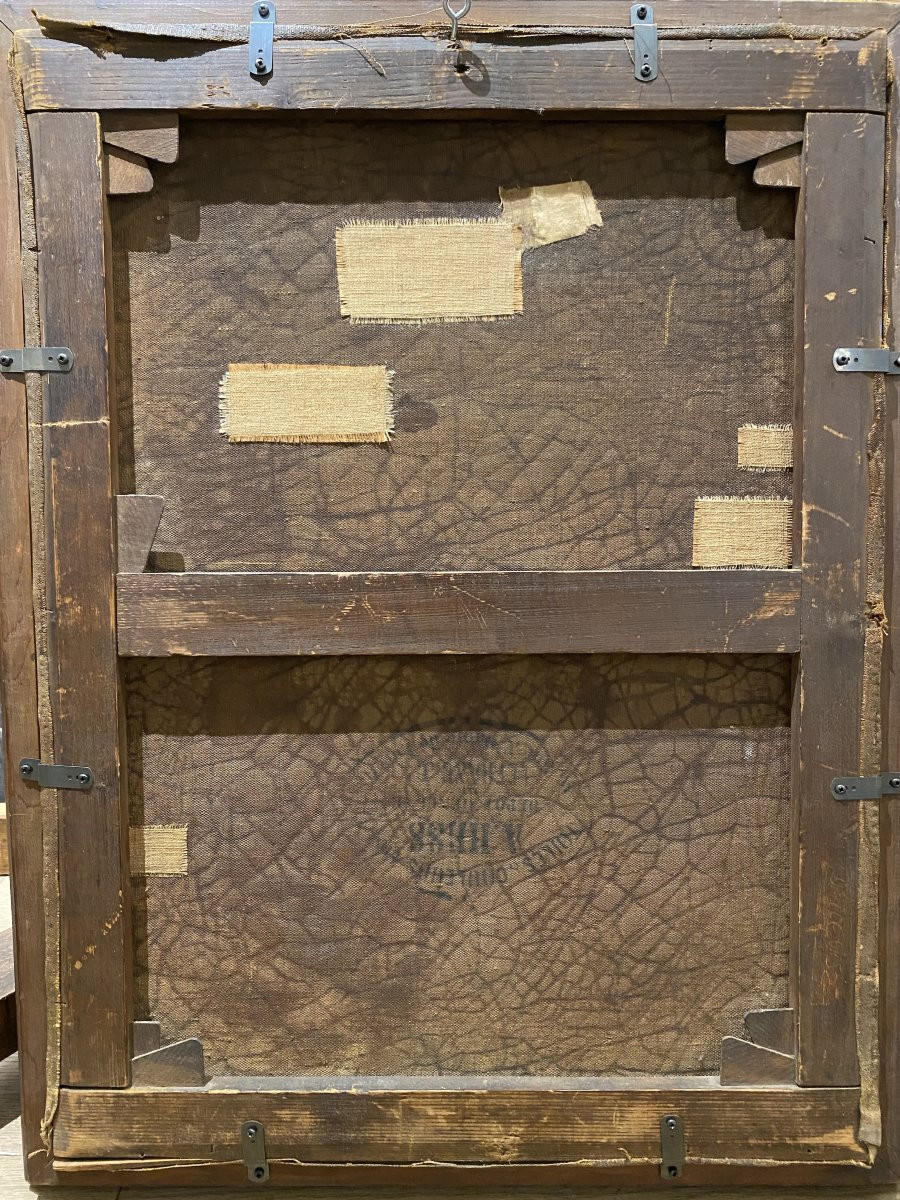

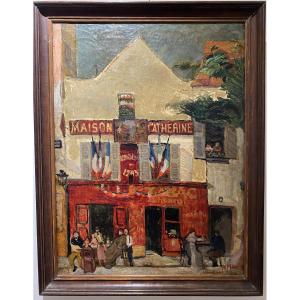










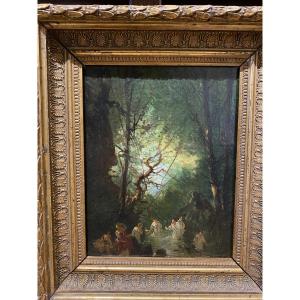
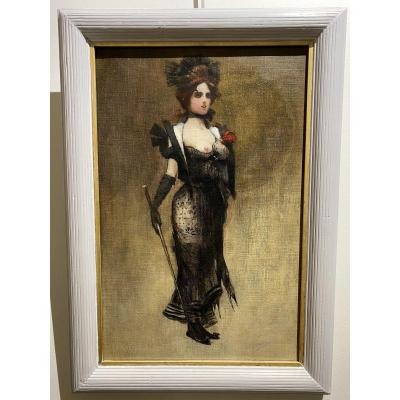


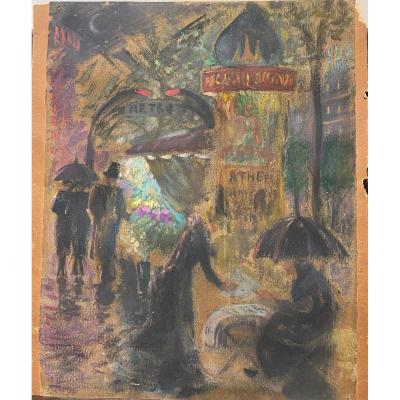


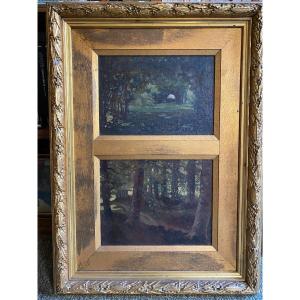
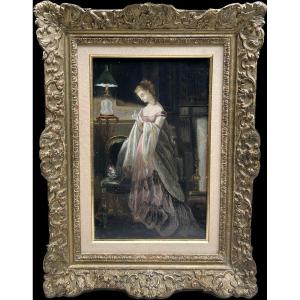


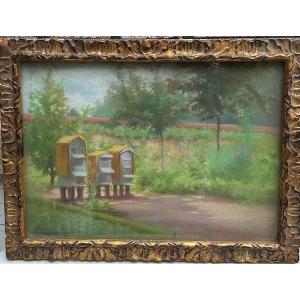
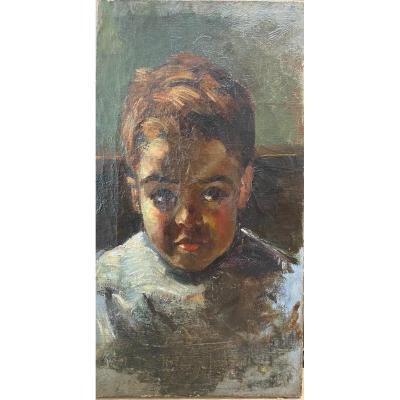

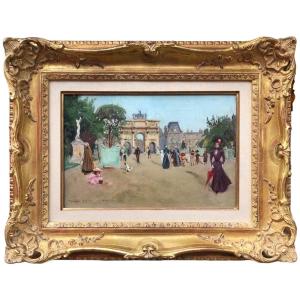

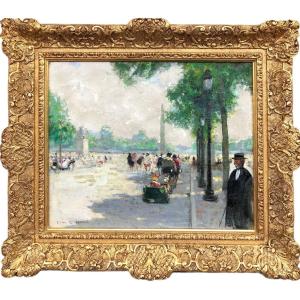
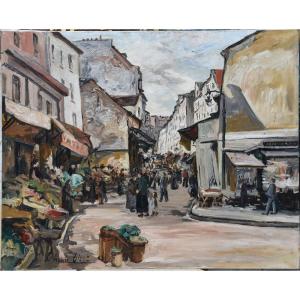



 Le Magazine de PROANTIC
Le Magazine de PROANTIC TRÉSORS Magazine
TRÉSORS Magazine Rivista Artiquariato
Rivista Artiquariato